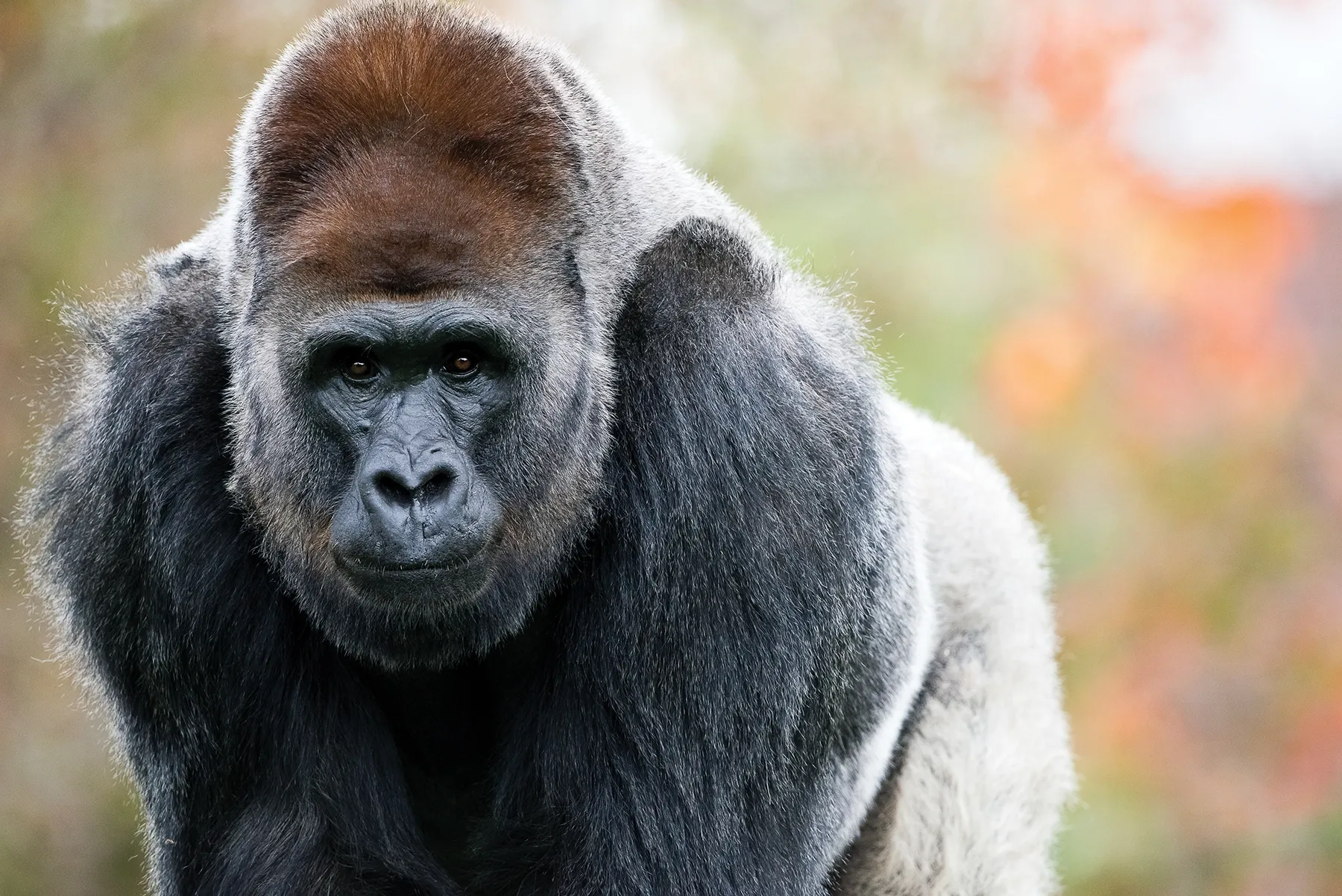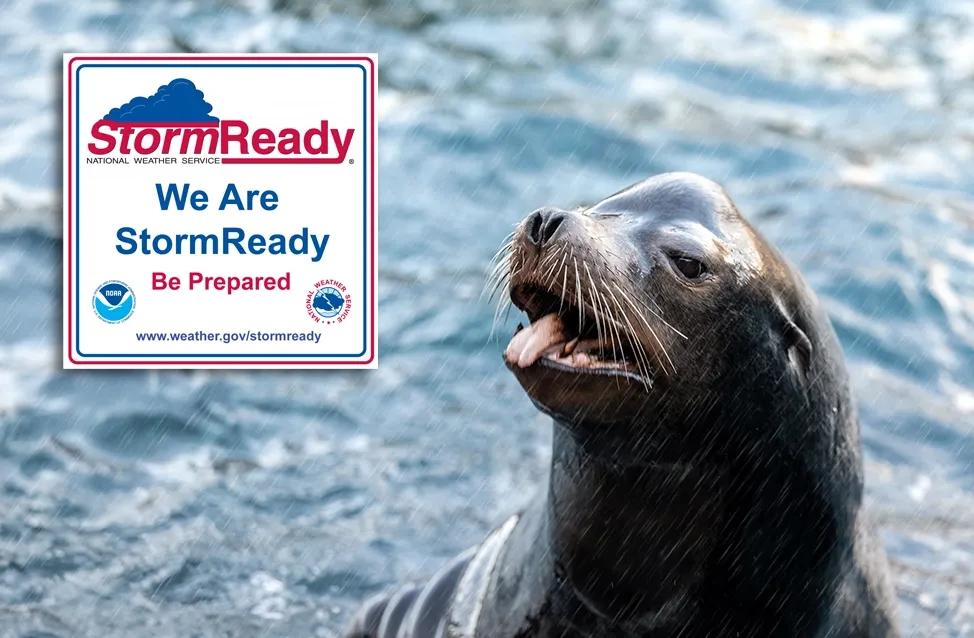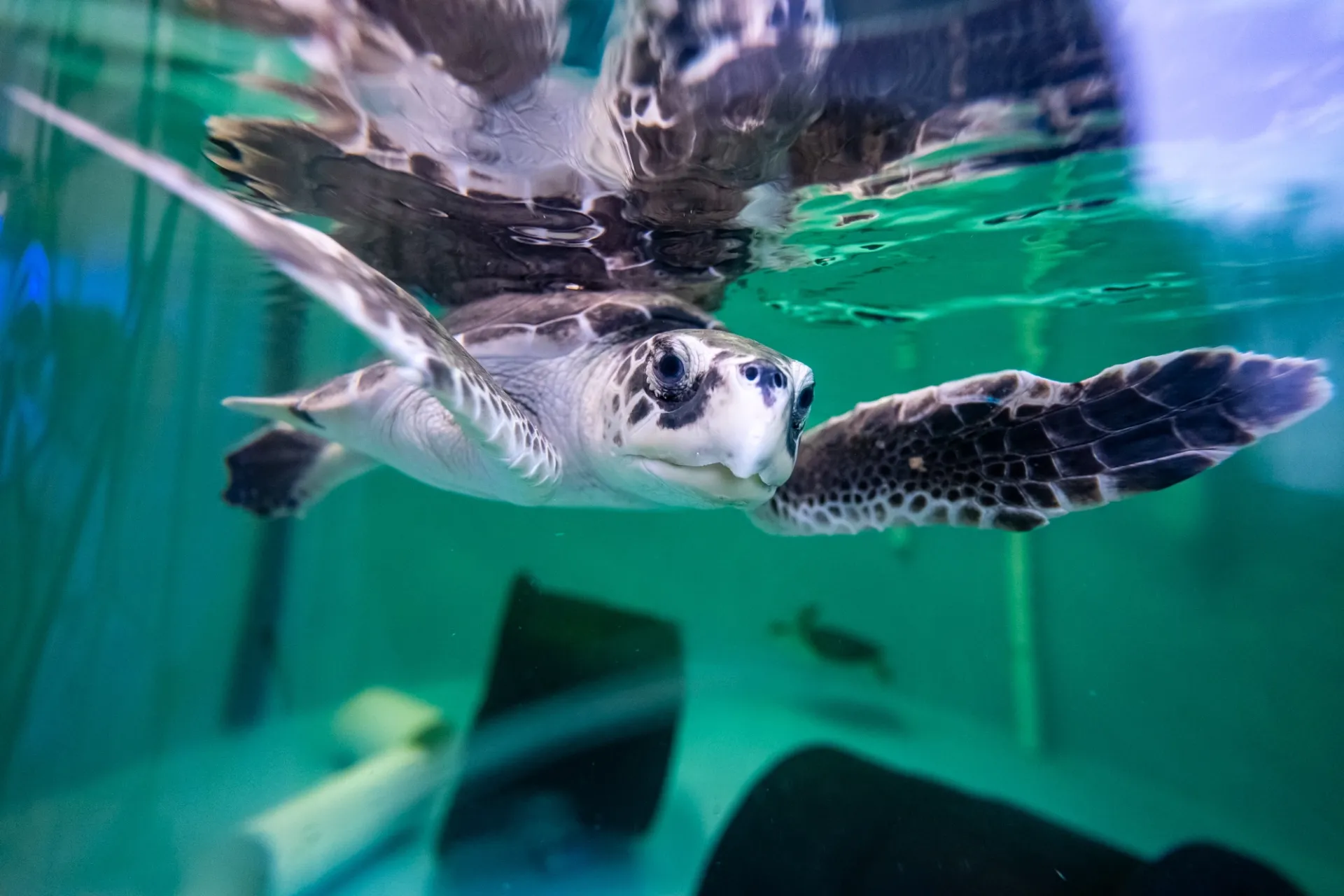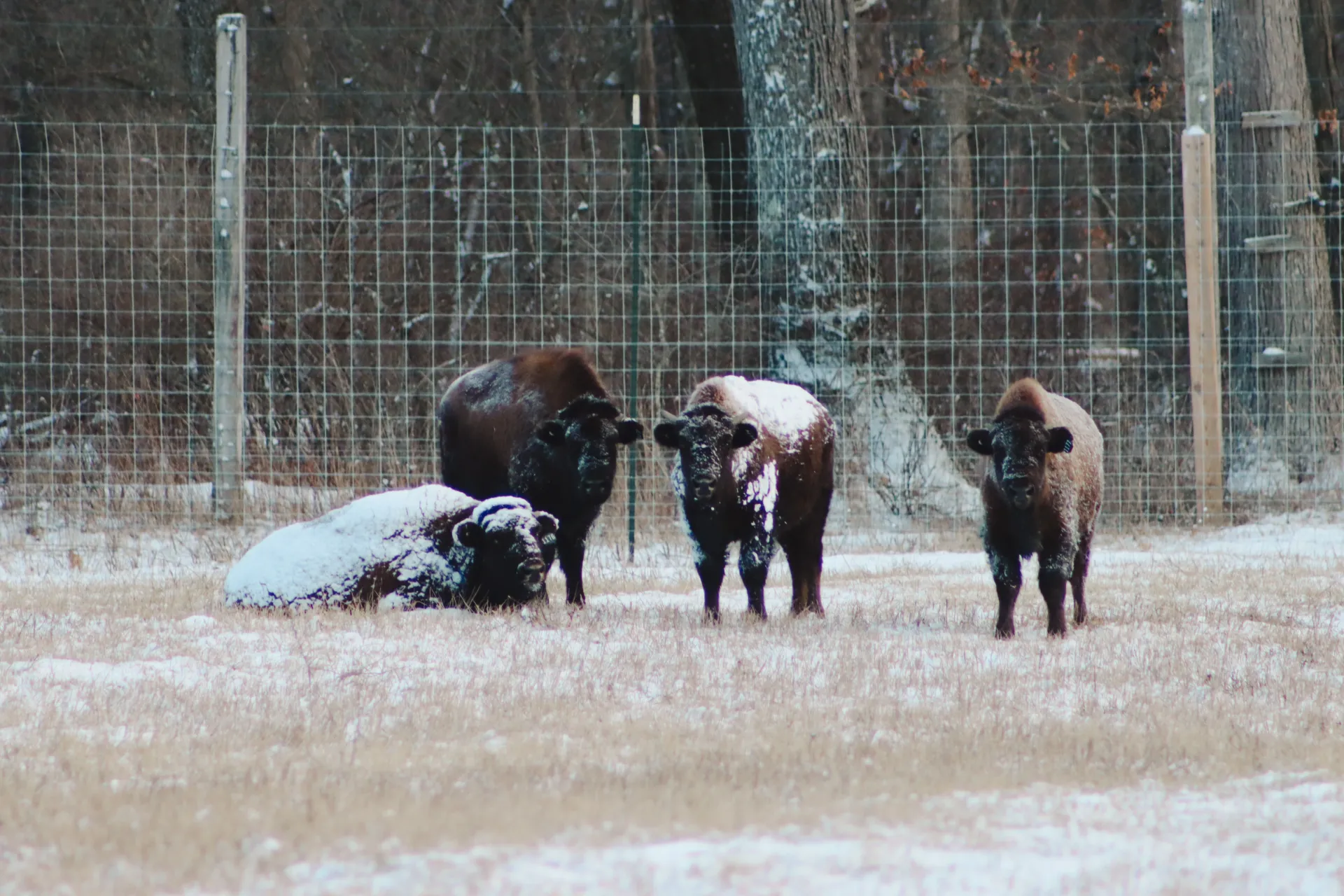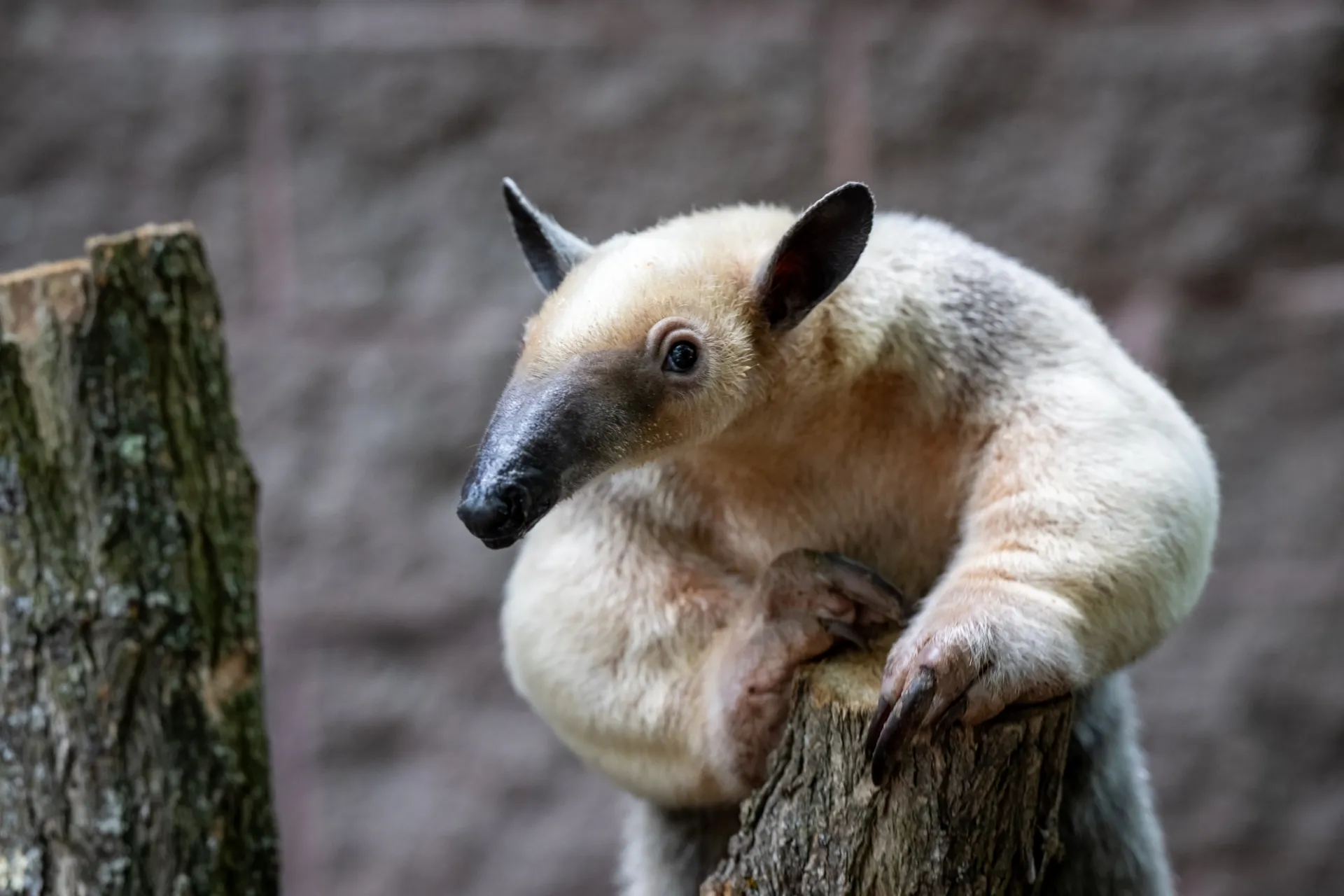You asked, Lead Keeper Ray answered! Read Ray Bamrick’s Historic Pittsburgh Zoo piece, in his own words, to learn all about how the Zoo got its start.
I appreciate your excitement in responding to requests for Pittsburgh Zoo history questions. I am looking forward to the variety of questions, and my goal is to provide the best possible answer whenever possible. I must mention that most records, correspondence, and other historical data do not exist for the earliest history of the Zoo. City of Pittsburgh archivists are continually digitizing old records, so I am in constant contact with them for documents concerning Highland Park & the Zoo.
To answer your questions, I will rely on a review of vintage newsprint, annual reports, and a few archived documents, and couple that with my understanding of the Zoo’s history, which I have studied and collected for decades. I will search my archives and recall first-person accounts with Zoo personnel I have worked with as a zookeeper for the past 40+ years. I aim to provide the absolute best answer to your questions.
How it All Started
The story behind the founding of the Zoo in Highland Park is a fascinating one. In 1895, Christopher Magee generously offered the City of Pittsburgh the opportunity to create a zoo in Highland Park and pledged $125,000 for zoological buildings. At the time, Edward Bigelow, Director of Public Works, had been quietly purchasing land in Highland Park around the recently constructed reservoir to create a new public park.
On Flag Day, Tuesday, 14 June 1898, the Zoo in Highland Park was officially opened to the public. Since then, it has become a beloved destination for families, students, and animal lovers alike. Of course, there are additional details to this intriguing story: the beginnings of the Zoo in Highland Park.

The Original Pittsburgh Zoo
Did you know that Pittsburgh already had a zoo in 1889? It was in Schenley Park and eventually featured a variety of species including bears, elephants, lions, monkeys, and numerous other smaller animals. However, it was a small zoo that needed improvements and additional buildings to accommodate its rapidly growing collection.
Originally, the plan was to construct a new zoo building with an aquarium in Schenley Park. A philanthropist who had business dealings in the area offered $100,000 for the project. Director Bigelow commissioned Joseph Sillbee, a Chicago architect, to design the building and the new plans were received on 30 July 1895, at the cost of $200,000. However, the philanthropist (never intentionally identified by Bigelow) was convinced by his friends to withdraw his offer, leaving Director Bigelow with a set of superb zoo drawings but no money to complete the project.
Upon learning this information, Christopher Magee pledged the money with one caveat: the new Zoo must be constructed in Highland Park and the costs of $200,000 must be reduced.
In 1896, a commission was formed to oversee the construction of the zoological building in Pittsburgh. This commission was headed by the outgoing Mayor Honorable Bernard McKenna as Chairmen, with William H. Seif serving as Secretary, and John B. Jackson as Treasurer. Other members of the commission included Christopher Magee, William Flinn, and Edward Bigelow, among others. Silsbee arrived in Pittsburgh in January and visited Highland Park with the newly formed Zoological Commission to select the best location for the building.
A second set of drawings arrived from Silsbee on 24 April 1896 without the aquarium and a few other features that reduced the cost of construction to $100,000 (the closing price, however, rose to between $125,000 and $150,000).
After a thorough selection process, the general contractor chosen was Jonathan Clark & Sons from Chicago, who worked alongside hundreds of local craftsmen and laborers to finalize the building in November 1897. Once completed, the Commission inspected the building and grounds and unanimously approved the work.
However, before the animals could be relocated from Schenley Park to the new Zoo, the building had to undergo mechanical testing. Its heating systems had to be proven dependable over the winter months. Eventually, Flag Day 1898, was chosen by Christopher Magee as the official opening day, during which the Commission would officially turn over the Zoo to the City in a grand ceremony.
This building welcomed its first group of animals from Schenley Park on 07 June 1898. The forty-four animals included 28 monkeys, 2 grizzly bears, 2 polar bears, 1 sun bear, 6 alligators, and 1 ostrich. The four young lions were the first to be housed inside the building! The animals were transported from Schenley Park Zoo to their new home in Highland Park, traveling in wooden wagons. The animals’ safety and comfort were ensured during the journey.
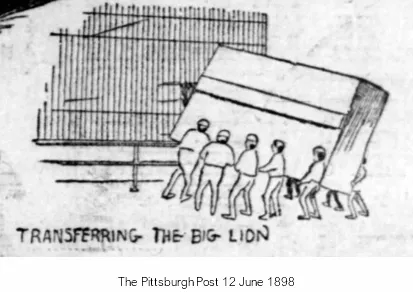
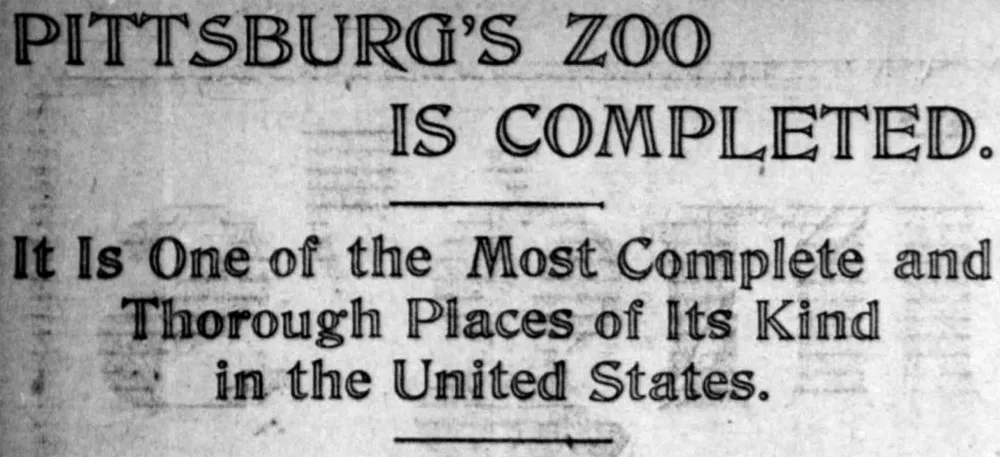
Growth and Change
Director Bigelow obtained additional animals from the renowned merchant Carl Hagenbeck in Hamburg, Germany. These animals were transported by ship to New York and then by train to the East Liberty freight yards before being brought to the Zoo in wagons. The acquisition of these animals marked an important chapter in the history of the Zoo. Visitors were thrilled to see such a diverse range of creatures housed under one roof. The collection grew due to the generosity of civic-minded individuals.
The question of the first animal born at the Highland Park Zoo has been a mystery for quite some time. To provide an answer, I thoroughly reviewed all available materials, spending countless hours reading and taking notes. However, even after all that effort, the answer still eludes me! While I found that a Javan monkey, born on 24 January 1899 to “Old Rooney” and “Coochee,” was the first primate born at the Zoo, it was not explicitly stated that this was the first animal born at the Highland Park Zoo. Other early firstborn animals include African lions on 22 February 1899 to Sultan and Sayda, elk and bison in August 1899, and a zebra on 04 March 1900. Breeding African lions in Pittsburgh has been remarkably successful, first accomplished at the Schenley Park Zoo in December 1895, under the leadership of Jim McKnight. Many of those cubs grew up in Highland Park and produced even more lions. Fortunately for Pittsburgh civic-minded individuals offered great sums of money to purchase notable animals such as elephants, hippopotami, Bengal tigers, primates, and many species of bears. The Zoo in Highland Park continued to grow providing its guests an extensive variety of exotic animals.
The Highland Park Zoo was once considered the finest in the world, but unfortunately, it fell into a state of disrepair in the following decades. The creators of the zoological building had long passed, and no efforts were made to maintain high standards. As a result, the zoo was at risk of closing forever. In 1939, a second major commitment was made to upgrade the deteriorating structure. Improvements were made to the original building, and a zoological commission was formed to advance the care of the collection and raise funds required to sustain and encourage progress. For the next several decades, the conditions improved for the animals. Despite these efforts, by 1984, animal exhibit design and husbandry practices had evolved, rendering the original Highland Park Zoo building obsolete. As a result, the building was slowly razed, marking the end of an eighty-seven-year era of housing various animals. The final residents, orangutans Jiggs & Maggie, were relocated on 04 April 1985, to a temporary building.

Thank you for taking the time to read this post about the Highland Park Zoo. I am enthusiastic about preserving the history of this beloved institution, and I will continue to gather information and artifacts associated with the old Zoo. If you have any information or personal connections to the Zoo, such as photographs or memorabilia, or if you have ancestors or close family that worked in the Highland Park Zoo in the past, I would like to learn their story. I would be grateful if you could share their stories. You can reach out to me at rbamrick@pittsburghzoo.org Together, we can ensure that the legacy of the Highland Park Zoo lives on for generations to come.

